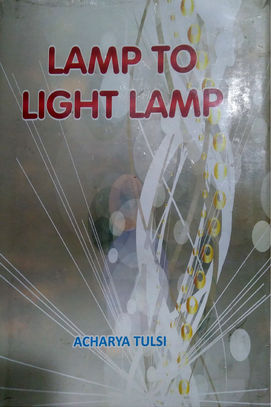Woman presides over power, prosperity and intelligence. This image of woman emerging from the mythological stories establish her as the embodiment of fearlessness, self-reliance and creation. But at the ground reality, the Indian woman appears to be timid, dependent and caught in the shackles of established conventions. Because she is powerless, she has been subjected to molestation and rape. There are also horrifying cases of parading her naked on the road at some places. Such humiliating treatment of the woman who deserves to be respected like a goddess or a guru is a blemish on Indian culture.
The greatest tragedy of the woman's life is her economic dependence. For that reason alone, she seeks the support of man. She cannot think in terms of living her life in her own way. I am not saying that for being economically independent, she must be inspired with the competitive spirit to reach at the top in industry. But even in this field, why should she lag behind so much that she cannot move about holding her head high with self-respect? Man's abilities and intelligence are used for earning money, but is it possible to manage the household without intelligence and ability? Is it within the power of any man to take all the decisions and complete all the jobs a woman has to do in the course of the day?
A woman's personality reflects the personality of the whole family. The process of her character formation should be faster. If she is without any personality herself, how can she shape the future generation? It is not as though the woman today is not conscious about her personality. There was a time when the woman was not conscious about her existence. But in the modern age, somewhere she is struggling to protect her identity, somewhere she is trying to create her independent identity and somewhere she is climbing the high peak of individuality It is another matter that the definition of her personality has changed. Its greatest impact has been in her manner of dressing.
There is a Rajasthani saying which means that a woman looks charming when fully dressed. In the present context, if we look at the manner of dressing among men and women, man's body appears to be more covered. When we think about the dress of the Indian woman, we can see its several forms. On the one hand it is compulsory for the Muslim women to wear burqua. Now even this tradition is beginning to change. One the other hand, the Hindu women like to wear the dresses that leave their limbs free and exposed. Some women, although tradition-bound, have not been able to protect themselves from the influences of the modern trends. They cover their faces but expose their bellies. It seems they have little sense of judgment to know what should be covered and what should be left uncovered. Otherwise it does not stand to reason why the face should be covered leaving other parts of the body exposed.
It is expected in this age that women's organisations should become active in protesting against the kind of exploitation of the woman's body in the advertisement-culture. But closing the eyes against this expectation, what is the sense in giving currency to the dresses shown in the advertisement, models and films? If men get sexually excited by looking at the weird dresses that woman wear and they misbehave with them in turn, who should be blamed?
What protection can society or the government give to women? Their greatest armour is their own discretion and self-restraint. Courage is also necessary. But before that, discretion and self-restraint are necessary. In the context of giving a new turn to the current trends in dressing, the enlightened women of society should wait a while and ponder. It is their responsibility that they should in all seriousness clearly bring out the mark of distinction between the necessity, modesty and so-called modernity and give the right direction to women.
 Acharya Tulsi
Acharya Tulsi
